There’s something really charming about gazing toward the huge gleaming universe on a brilliant night. Whether you’re a painstakingly pre-arranged stargazer or basically starting checking the stargazing forecast is fundamental for ensuring.
You’ll have the most ideal perspective on the sky. Very much like arranging any outside action understanding the barometrical circumstances can represent the deciding moment your divine noticing meeting.
Envision going through hours fastidiously setting up your telescope just to be met with a sky darkened by mists or light contamination. By requiring a couple of moments to counsel stargazing forecasts.
You can keep away from frustration and take full advantage of those interesting immaculate evenings. So get your optics or telescope and how about we plunge into the universe of stargazing forecasts!
Part 1: Understanding Stargazing Forecasts
At their core stargazing forecasts analyze several key atmospheric factors that impact celestial viewing conditions. Here are some of the primary elements:
Cloud Cover: One of the most obvious factors is the amount of cloud cover expected in your area. Clear or mostly clear skies are ideal while overcast conditions will completely obscure the night sky.
Transparency: This refers to the clarity and brightness of the sky affected by elements like humidity dust and air pollution. High transparency means stars and planets will appear vibrant and crisp.
Seeing: Atmospheric turbulence and steady air are measured by seeing conditions. Poor seeing can cause stars to appear blurred or shimmery through a telescope.
Light Pollution: Urban and suburban areas struggle with excessive artificial light which can wash out fainter celestial objects. Dark sky locations are optimal.
Moon Phase: While a full moon can create a beautifully bright night sky it also makes dimmer stars and galaxies harder to observe.
To interpret stargazing forecasts you’ll often see these conditions quantified with scales percentages or other metrics. For example:
- Cloud Coverage: From 0% (clear) to 100% (overcast)
- Seeing: From 1 (poor) to 5 (excellent)
- Transparency: 1 (hazy) to 5 (consistent)
Many websites and apps such as ClearDarkSky and SkyWatcher provide detailed stargazing forecasts tailored.
Recommended Post: HOW DO I CHECK FOR GOOGLE UPDATES?
Understanding Transparency Ratings
Transparency or the clarity of the night sky is heavily influenced by atmospheric aerosols like dust humidity and pollution. When transparency is poor the sky appears hazy and washed out.
However when you have top-notch transparency rated 4 or 5 on the forecast scales you’re in for an incredibly vivid stargazing treat:
- Stars appear like brilliant gemstones scattered across black velvet
- The powdery bands of the Milky Way arc dramatically overhead
- Subtle details in galaxies and nebulae become visible
High transparency nights let the true colors contrasts and fine structures in celestial objects really pop through the eyepiece.
Part 2: Ideal Stargazing Conditions
While personal preferences may vary most stargazers agree that the ultimate viewing conditions consist of:
- Clear Cloudless Skies: Like having an unobstructed window to the cosmos cloud-free nights allow you to soak in the full grandeur of the starry heavens.
- High Transparency: Imagine the sky as a pristine dark canvas where stars planets and galaxies appear vividly painted across the celestial dome. High atmospheric transparency ensures these celestial wonders shine their brightest.
- Steady Seeing: On nights with good seeing the air is calm and steady allowing precise focus through telescopes. It’s almost like using a high-quality lens versus a blurry one.
- Dark Sky Location: Areas with minimal light pollution offer a richer more immersive stargazing experience. The heavens simply look more vibrant against an inky black backdrop.
- New Moon Phase: While moonlight can create beautiful scenery the brightest views of faint stars and galaxies occur during a new moon when the sky is at its darkest.
For my part I know nothing with any certainty but the sight of the stars makes me dream. – Vincent Van Gogh
Of course these perfect criteria don’t align every night. But stargazing forecasts help identify the windows of opportunity when several of these conditions overlap.
Regional Differences: It’s worth noting that ideal stargazing conditions can vary slightly by your geographic location. For example coastal areas may prioritize transparency over seeing.
Meanwhile desert regions almost always offer pristine dark skies. Flexibility is key when your local forecasts don’t match the perfect standards.
The stars awaken a certain reverence because though always present they are inaccessible. – Ralph Waldo Emerson
There wisdom in Emerson’s words – the cosmos can feel dreamlike and beyond reach on a poor stargazing night. But with accurate forecasts you can time your observing for when the heavens feel vibrant and tangible.
Part 3: Preparing for a Stargazing Session
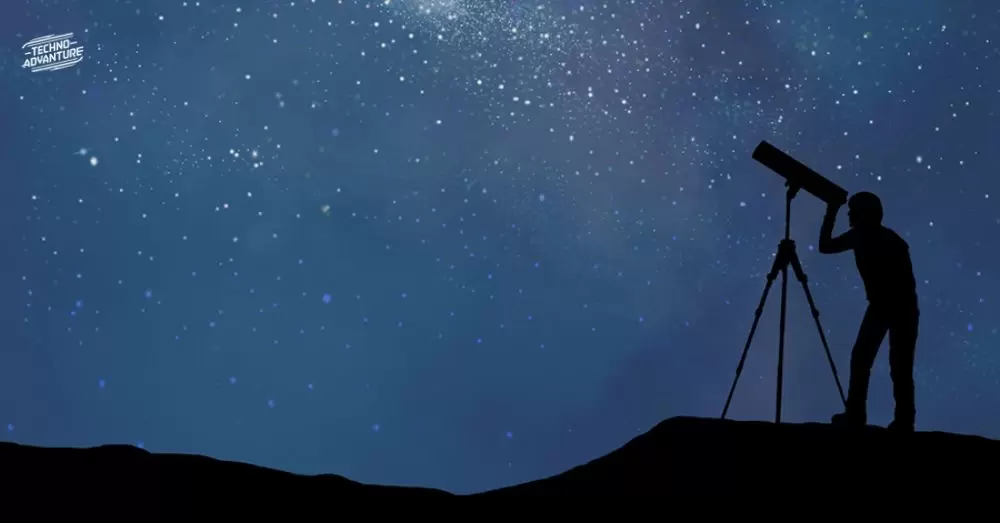
Now that you understand what to look for in a forecast how can you best prepare and plan your stargazing adventures? Here’s a simple checklist:
1. Check the Forecast
Consult your favorite stargazing weather forecasting website or app a few days in advance. Look for nights with clear skies good transparency steady seeing and minimal moonlight if possible.
2. Pick Your Observing Location
Based on the forecast information decide if you’ll observe from your backyard need to travel to a dark sky area or can stay closer to home. Apps like Dark Sky Finder can help locate prime dark sky locations near you.
3. Assemble Your Gear
Gather your telescope binoculars star charts red flashlights warm clothes snacks etc. Ensure your telescope is properly collimated and your gear is ready to go.
4. Have a Viewing Plan
Identify the celestial objects constellations or events you hope to observe that night based on what’s visible in the sky. Star charts and planetarium apps can provide wonderful guidance.
5. Stay Flexible
Even with detailed forecasts conditions can change quickly. Clouds may unexpectedly roll in or the atmosphere could become turbulent. Have backup observing plans or reschedule if needed.
The stars are the great gothic windows unto a larger world. They force us to look beyond ourselves and our small terrestrial concerns. – Gaylord Nelson
The key is using stargazing forecasts to stack the odds in your favor while maintaining flexibility and realistic expectations for Mother Nature’s cooperation.
Stargazing Forecast Tools
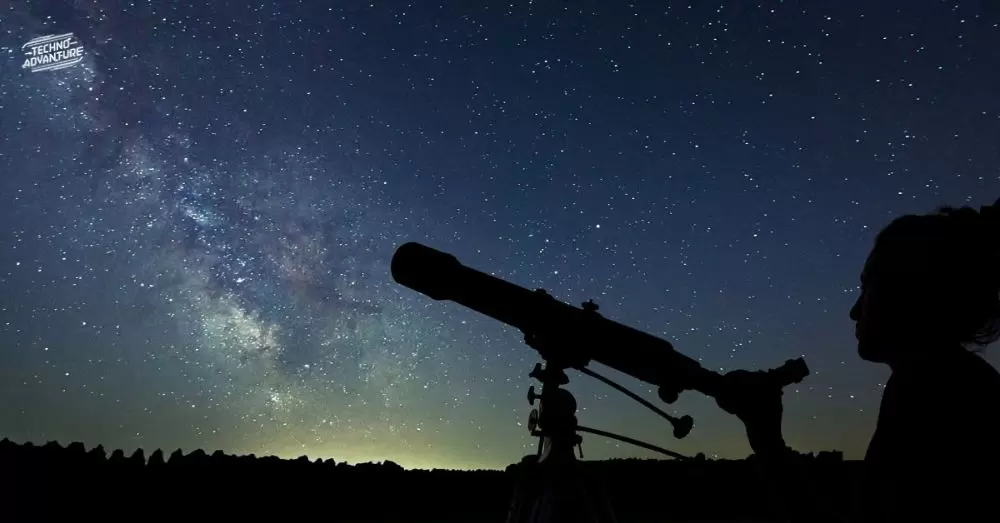
When planning your night under the stars here are some popular forecast tools to check:
- ClearDarkSky – Detailed cloud cover transparency seeing charts
- SkyWatcher – Animated cloud forecasts
- Clear Sky Chart – Simple data visualizations
- MDArk – Clear sky clock and dark sky finder
Many of these also have complementary mobile apps to check forecasts on-the-go when spontaneous stargazing opportunities arise.
Part 4: Upcoming Celestial Events
Of course certain astronomical events like meteor showers eclipses or planet viewing windows are often the highlight for many stargazers. Checking the forecasts far in advance is crucial for these must-see spectacles:
Peak Perseid Meteor Shower August 12-13 2023)
- This yearly shower is renowned for delivering 50-100 meteors each hour at its pinnacle
- A new moon occurs on August 16th promising delightfully dark skies for 2023
- Use tools like Meteor Shower Forecast to home in on ideal viewing times/locations
Recommended Post: What Is Applemiller9to5mac and How To Get Started?
Total Lunar Eclipse (May 5-6 2024)
- This total eclipse of the Moon will be visible across North America
- At maximum the moon will appear a brilliant rusty orange
- Forecasts will indicate if clouds could spoil eclipse viewing in your region
Saturn at Opposition (August 27 2023)
- The ringed planet will be at its closest and brightest for 2023
- With good seeing conditions Saturn’s rings and moons should be visible even with modest telescopes
- Use Planet Visibility Charts to know the best windows
By combining detailed forecasts with celestial ephemerides you can effectively plan for amazing stargazing experiences of these special events.
Case Study: The 2017 Total Solar Eclipse
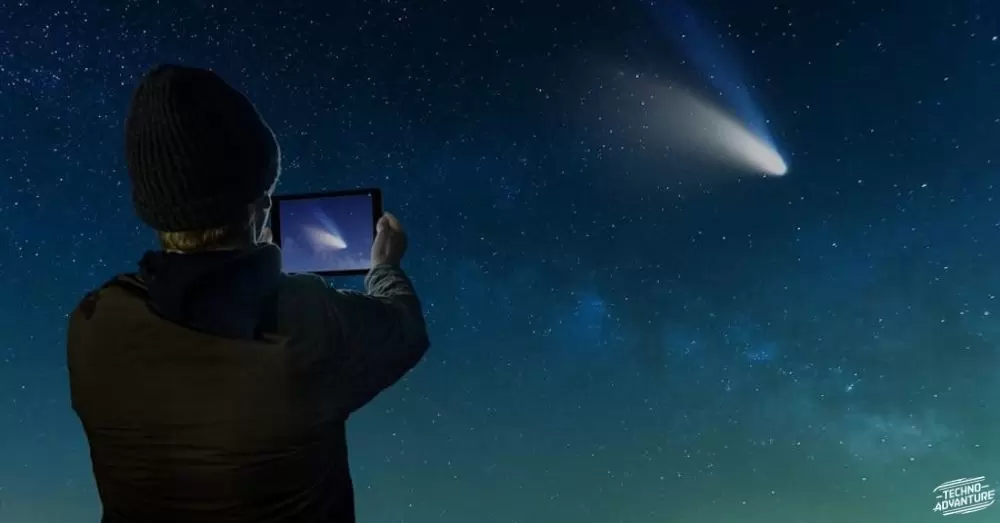
One of the most dramatic examples of heeding stargazing forecasts was for the August 21 2017 total solar eclipse visible across a stretch of the United States.
Months in advance astronomers began monitoring weather predictions for the narrow path of totality where the moon would completely cover the sun.
The stars are the great gothic windows unto a larger world. They force us to look beyond ourselves and our small terrestrial concerns. – Gaylord Nelson
In places like Carbondale Illinois and Nashville Tennessee forecasts showed exceptionally clear skies were expected on eclipse day. As a result those locations were flooded with thousands of eager eclipse chasers hoping for an unobstructed view of the celestial spectacle.
Their planning paid off with stunning views as the day of the eclipse dawned crystal clear. Meanwhile in places like Kansas City and St. Louis where cloudier conditions were predicted many people opted to change viewing locations at the last minute based on the forecasts.
It was a stark reminder that stargazing it can make or break witnessing rare celestial events.
Recommended Post: BRIGHT SUPERNOVA BLAZES IN M101, THE PINWHEEL GALAXY
Conclusion
Clear dark skies brimming with twinkling stars are the celestial canvas that stargazers dream of. By regularly checking stargazing forecasts you can ensure those prime nights of cosmic clarity don’t pass you by. Whether it’s an annual meteor shower a rare planetary viewing or simply soaking in the vast Milky Way the right forecast information empowers you to make the most of every stargazing session.
So gas up the telescope dust off those binoculars and keep an eye on those forecasts! On your next unspoiled evening of stargazing, you can look at the universe’s marvels. After all, the well-known astrophysicist Carl Sagan once said: The universe has a lot of space. If it’s just us, it seems like a terrible use of space.
The nitrogen in our DNA the calcium in our teeth the iron in our blood the carbon in our fruity desserts were made in the insides of imploding stars. Stardust is what makes us. Carl Sagan

Hello, I’m Sarah, a seasoned writer with over six years of experience crafting engaging blogs and articles. My expertise spans diverse niches, including technology, gaming, cryptocurrency, finance, business, and fashion. With a passion for storytelling and a knack for delivering insightful content, I strive to inform and inspire my readers across these dynamic fields.
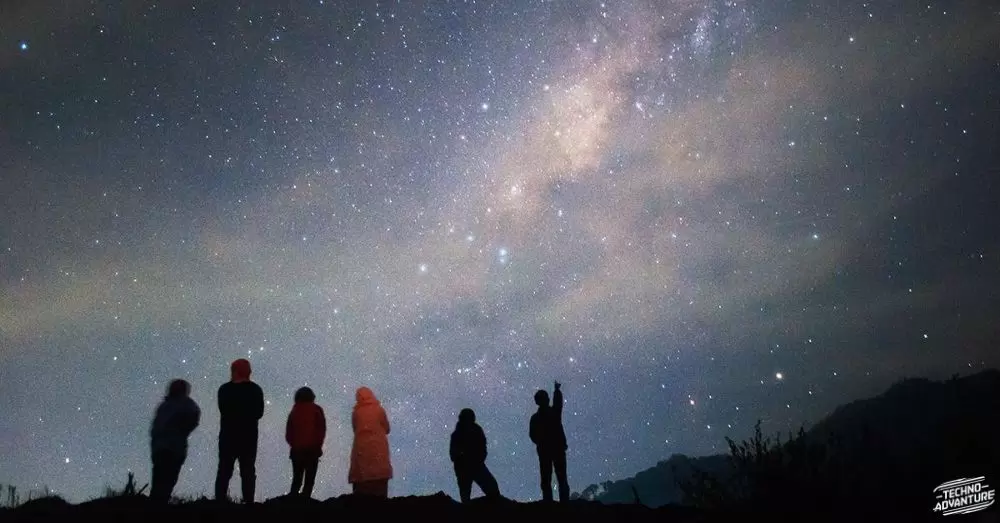
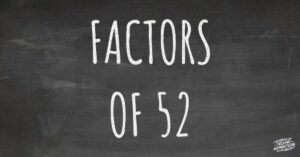










1 thought on “STARGAZING FORECAST: WILL YOU HAVE CLEAR SKIES TONIGHT?”